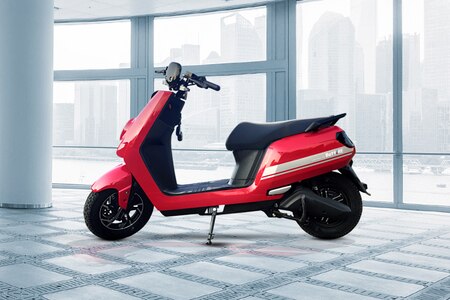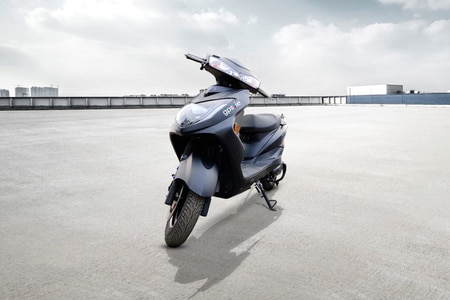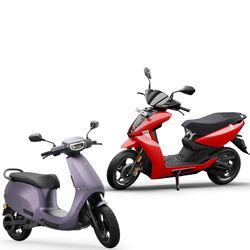Battery Swap Policy for electric vehicles: Key things to know
- Battery swapping is considered time-saving and space-saving compared to conventional battery charging infrastructure.
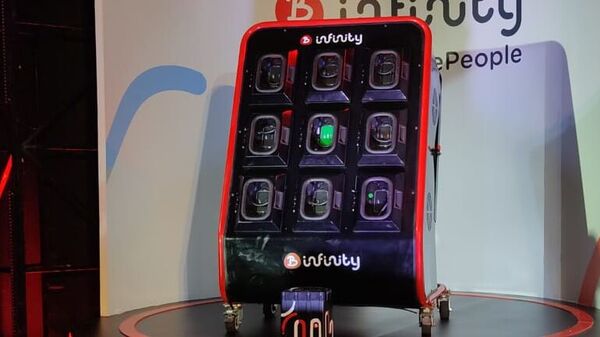

In an attempt to provide uniformity to the electric vehicle charging mechanism, a nationwide battery-swapping policy for electric two and three-wheelers is going to be finalised in India later soon. The battery swapping policy is considered one of the significant steps in the advancement of the electric vehicle ecosystem in India.
Also Read : How battery swapping could propel India's shift to electric vehicles
Here are key things to know about the upcoming battery swapping policy.
Why Battery Swapping Policy?
The reason behind the Indian government's initiative to introduce a battery swapping policy is the technology offers three key advantages relative to charging. Battery swapping is time-saving, space efficient, and cost-effective at the same time, given that each swappable battery is actively used. Battery swapping also provides a level playing field by introducing Battery-as-a-Service model.
Also check these Bikes
The constraint of space in the urban areas to set up EV charging stations at scale is one of the primary reasons why the government introduced the swapping policy in Budget 2022. Also, this is claimed to improve the standards of efficiency in the EV ecosystem.
Safety
As per the draft Battery Swapping Policy, the batteries will become safer than the current ones. The draft policy stated that the batteries should be tested and certified as per AIS 156 (2020) and AIS 038 Rev 2 (2020) standards for the safety of traction battery packs, as well as additional tests that may be prescribed for swappable batteries, which are subject to multiple coupling/decoupling processes at the connectors. Also, swappable batteries will have to be equipped with advanced features like IoT-based battery monitoring systems, remote monitoring and immobilisation capabilities, stated the policy.
Battery types
As per the upcoming Battery Swapping Policy, it would be mandated that the batteries weigh not more than 10 kg with a capacity of 1 kWh. This would make the battery easy to handle for the person and lessen the worries of delivery persons who use the electric vehicles most. Also, the cell format has to be cylindrical.
Opposition
While the majority of the stakeholders in the electric vehicle ecosystem welcomed the draft policy, certain battery developers and electric scooter manufacturers are against the standardisations through battery swaping. They fear that this will result in a slowdown in innovation which otherwise is rapidly growing.







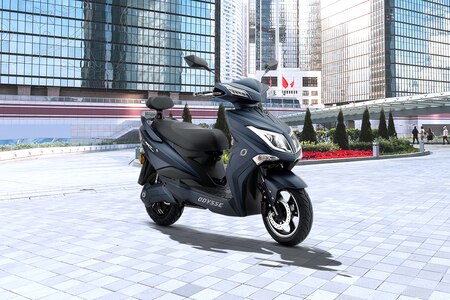
 2.96 kWh
2.96 kWh 170 Km
170 Km
